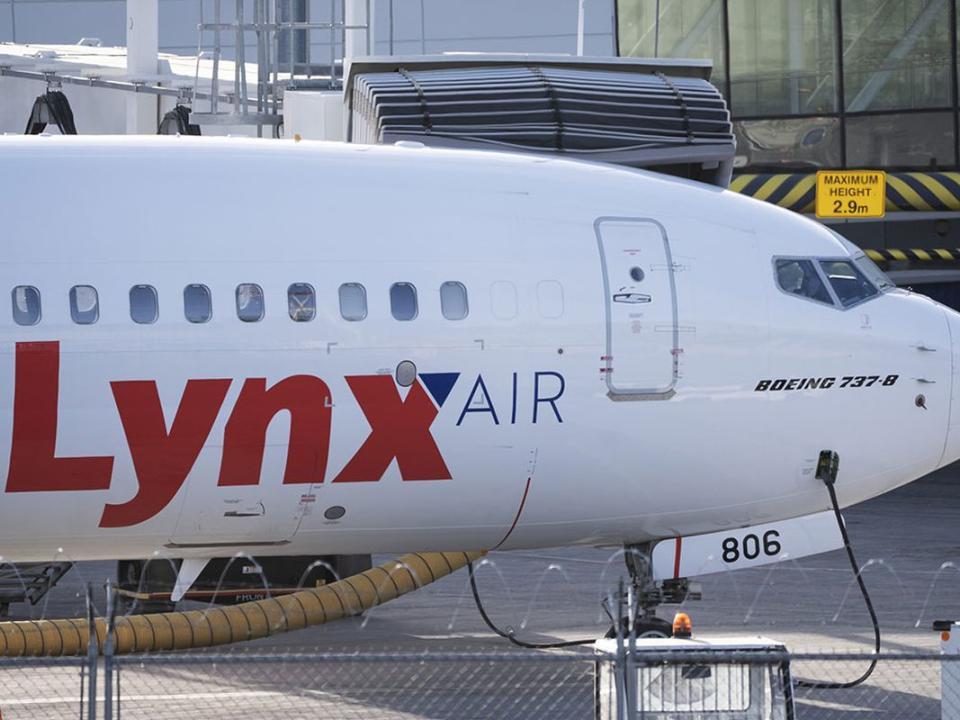Canada treats airline industry as a 'cash cow' when it should be essential service, says expert

Canada treats its aviation industry as a cash cow, when it should be considered an essential service, says an airline expert.
Lynx Air folded last week leaving only one discount carrier, Flair Airlines, operating in Canada and raising concerns about the viability of budget air travel in this country.
Robert Kokonis, managing director of aviation consultancy AirTrav Inc., said low-cost airlines here face more taxes, fees and charges under a user-pay system than their counterparts in other countries.
The United States, by comparison, doesn’t charge airport improvement fees and airport infrastructure costs are paid by all taxpayers, not just the users. As a result, costs are spread across a much larger population base.
In a country of Canada’s geographical size, “it’s an essential service to move people and to move goods and to have all of these costs borne upon the user makes it tough,” Kokonis said in an interview with the Financial Post’s Larysa Harapyn.
Canadian airlines must also pay an excise tax on jet fuel of 4 cents per litre, 158 per cent higher than in the U.S.
“This underlies the substantive difference between our two countries,” Kokonis said. “Canada treats aviation as a cash cow — let’s take as much out of the system as possible.”
The extra $50 to $60 in fees and charges is more significant to budget airlines, which have to compete with discount carriers in the U.S. and Europe offering $49 intro fares.
“That demographic of the market you’re trying to stimulate, it gets tougher,” Kokonis said. “It’s not just about stealing a seat from WestJet or Air Canada, it’s about growing the total pie.”
Airline passenger protection regulations will also disproportionately affect smaller airlines. A carrier with only nine aircraft spread across the continent, for example, will find it much more difficult to recover from a mechanical failure than a larger airline with 200 aircraft in its fleet, he said.
And big airlines are getting more competitive with their budget rivals.
“They’re squeezing the low-cost carriers both from a revenue standpoint and also from a cost standpoint,” Kokonis said.
• Email: novid@postmedia.com
Bookmark our website and support our journalism: Don’t miss the business news you need to know — add financialpost.com to your bookmarks and sign up for our newsletters here.

 Yahoo Finance
Yahoo Finance 